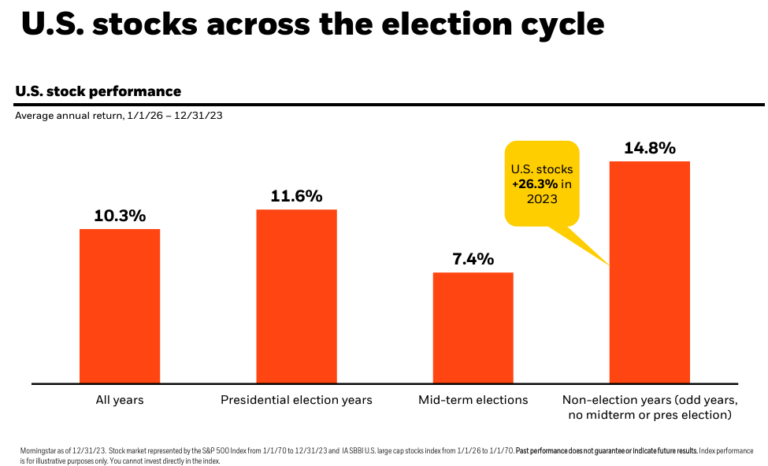Updated for 2022. For doctors and medical professionals, switching hospitals often means starting a new 403(b) retirement plan. Before leaving, consider your options for the old plan. In most instances, it makes sense to roll the old 403(b) plan into an IRA account. However, it is important to know what other options may exist, as there is more than one way medical professionals can save for retirement. What should you do with your old 403(b)? Here are four options.
4 Options for an Old 403(b):
- Roll the money over to an IRA
- Do a Roth IRA conversion
- Leave the money in your old 403(b)
- Transfer the funds to your new 403(b) or 401(k)
Each option is explained in detail below.
Option 1: Roll your old 403(b) into an IRA (this is the most common)
May be suitable if you:
 Want to continue deferring taxes on your savings
Want to continue deferring taxes on your savings- Want a greater variety of investment options
- Already use an IRA and want to combine your accounts so they’re easier to track
- Want access to professional investment advice from the Registered Investment Advisor managing your IRA
The most common option for managing an old 403(b) is to roll the account into a Traditional IRA. A Traditional IRA is set up independently, and is not affiliated with your employer. Like a 403(b), the Traditional IRA delay taxes on your retirement savings so you won’t owe any taxes upon rollover. When you contribute money to a Traditional IRA, you’re also able to deduct your contributions from your taxes, subject to income limitations and the availability of other employer-sponsored retirement plans.
If you’ve already been saving in a Traditional IRA, this rollover is convenient because you can transfer the 403(b) funds right into your current IRA. Taxes and income limitations do not apply to rollovers. IRAs also typically offer more investment options than work retirement plans and can give you access to professional investment advice from the professionals managing your IRA. In fact, one of the main benefits of rolling your 403(b) into an IRA is the added flexibility and depth of investment options now available to you.
Option 2: Convert your 403(b) into a Roth IRA
May be suitable if you:
- Want to diversify your retirement planning through the use of an income tax-free account
- Can afford to pay the income taxes on the conversion of your current 403(b) savings to the Roth from another source
- Already use a Roth IRA and want to combine accounts
- Want access to professional investment advice from the Registered Investment Advisor managing your Roth IRA
Another option is to convert your 403(b) into a Roth IRA. The Roth IRA has different tax rules than the 403(b) and the Traditional IRA. This account delays its tax benefit until retirement – so you’ll pay now and benefit later. When you make withdrawals in retirement, the funds are tax-free so you don’t pay income taxes on your investment gains. Funds withdrawn from a 403(b) or Traditional IRA are taxable.
In exchange, the Roth IRA must be funded with after-tax dollars. So when you roll over your 403(b), you’ll pay income tax on the entire account balance. This can be significant depending on the size of your 403(b). A Roth conversion can also push you into a higher tax bracket. If you can’t come up with the cash to pay the tax with non-retirement money, it usually is not advantageous to convert to a Roth.
Not everyone can qualify to contribute to a Roth IRA, as there are income limitations on who can contribute. Here are the 2022 limits. If your income falls between the ranges your eligible contribution will be reduced as you move towards the upper limit. If your income falls above this range, you are no longer eligible to make regular contributions to a Roth IRA. However, these income limitations do not apply to a Roth IRA conversion. So if a Roth IRA makes sense for your tax planning and converting your 403(b) is the only way you can take advantage of it, this might be a good strategy for you.
A Roth IRA has two other main benefits compared to a Traditional IRA:
- Five years after you make your first contribution you’re able to withdraw funds for qualifying events without a penalty, even if you’re not yet reached retirement age. This allows investors to use funds for a down payment for a home, if their savings isn’t sufficient.
- There are no required minimum distributions (RMDs) for Roth IRAs for the account owner and most spouse beneficiaries. This can allow retirees more options in retirement which could potentially reduce their overall tax bill. (Under the Secure Act, which was passed in 2019, beneficiaries who inherit a retirement account, including a Roth IRA, from a non-spouse (e.g. a parent or relative) can no longer ‘stretch’ the distributions over their lifetime by taking required minimum distributions (RMDs). Instead, they will be forced to take the funds in 10 years. The change won’t impact anyone who inherited a retirement account during 2019 or years prior.)
Option 3: Keep your old 403(b)
May be suitable if you:
- Want time to consider your options
- Have access to unique investment options that aren’t available in an IRA
- Need better creditor protection
- Are confident you have the time and ability monitor and periodically rebalance the account
Your former hospital employer might let you keep your assets in your old 403(b) even after you leave. This could be a good option in a few different situations. If you aren’t sure what you want to do with your 403(b) and want more time to decide, then you could have the flexibility to do so.
If your 403(b) plan offered some unique investment options or investments at a lower cost than you can find for an IRA, keeping your money in the old 403(b) would allow you to continue using these investments. Finally, a 403(b) has better creditor protection than an IRA. If you practice in a high-risk field which might subject you to lawsuits, this is a very important consideration. In most situations, however, it usually isn’t beneficial to keep retirement savings in your former employers’ 403(b) program because of the lack of investment options and typically higher fees.
Option 4: Transfer your old 403(b) into your new 403(b) or 401(k)
May be suitable if you:
- Want to manage everything together and don’t have investment accounts outside of your new 403(b)
- Are comfortable with the investment options available in your new 403(b)
It is important to note that although this is sometimes the preference for investors, it isn’t always the best choice. Diversification is the best way to manage risk, and holding the bulk of your nest egg in one retirement plan with no discretion on the availability and scope of investment options or the associated plan fees can be taking an unnecessary risk. Further, if you wish to roll over your old plan immediately, you may not yet be familiar with the potential constraints of the new plan.
There’s often a lot to do when wrapping up one job and beginning another. Make sure you’re getting the most out of the assets in your retirement plans by investigating the options for your old 403(b). Through a diversified and disciplined approach to investing, you can help lay the groundwork for long term financial success.
Other considerations when evaluating what to do with an old 403(b)
- Fund options – 403(b) investment options are limited to mutual funds and annuities. However, sometimes the options are really advantageous and only available within the plan (some annuity options at TIAA-CREF, for example)
- Consider costs – plan expenses and fees vs expenses at the new institution, advisory fees, etc
- Consider what, if any, other services the plan extends to terminated participants and whether a rollover would give you access to new services, perhaps if you’re working with a financial advisor
- Creditor protection for assets in an IRA may be lower than a qualified plan
- 403(b) vs IRA rules for penalty-free early withdrawals: IRAs permit certain withdrawals for qualified education expenses, first-time homebuyers, and health insurance premiums paid while unemployed. However, 403(b) plans may permit withdrawals before age 59 1/2 if the employee has separated from service.


 Want to continue deferring taxes on your savings
Want to continue deferring taxes on your savings







